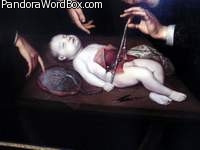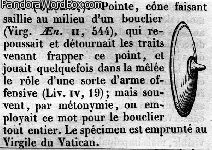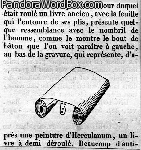Our websites offer information mostly for educational purposes with no intent to alter health care protocols nor to serve as a sole source of medical information.
Always seek the advice of your local health care provider.
|
×  Get the Point! PAIN – WOMAN – UKRAINE – PUTIN MOTHER – SISTER – SPOUSE – MOTHER RUSSIAN WAR – HOLOCAUST – GENOCIDE |
ABDOMEN ABDUCT
Os Stoma Stomach Esophagus
Gastric Gastroschisis Ventral Ventricle
Omphale Omphalos Omphalocele Umbilicus
Following several overviews concerned with nose, mouth, lips, pharynx, and larynx. It is time to explore some ideas that emerge from ESOPHAGUS, STOMACH, GUT or in medical parlance ABDOMEN. Another overview explores "BELLY".
"OS" and "STOMA" are found in "mouth or opening" and in "cavity". The term ANA-STOM-OS-IS refers to the joining of "stom" with "os". Accordingly, the os or oral cavity refers to mouth and STOMACH to a "cavi-tated" organ. STOMATITIS refers to an inflammation of the oral "cavi-ty", and STOMATOLOGY - to the study of ailments of the oral cavity.
The ESOPHAGUS is a cavitated or tube-like contractile muscular organ that connects the oral cavity with the STOMACH cavity or the "belly", which in Spanish is VIENTRE. The links of VIENTRE with VENtral, VENtilate and VENtriloquist are left for later but note that "el VIENTRE" or "belly" occupy a VENTRAL or anterior position in the body. Another cardinal point is that VIENTRE and VENTRICLE imply that such structures are CAVITATED, as are the cardiac and cerebral VENTRICLES. Cavitated tumors are also described by words containing "Cele" or "Coele" as in encephaloCELE or hydroCELE.
In Greek, OISOPHAGUS or in English GULLET or ESOPHAGUS point toward OISO for "to carry" and PHAGUS for "to eat" or deglut or swallow. Other implications emerge from the Germanic and Slavic root "SCHLUN" linked with broader ideas for saliva and stomach.
The broader implications in STOMACH describe a bulging area below the nipples and above the pubis. From STOM-ACH, two ideas emerge, "stoma" for "cavity" and the "ACH" for "caca" or excrement generation.
Regarding ABDOMEN or VIENTRE, the concepts are related to ABDUCT, as in "hide" and "take away", as well as WINDy BAG which points to BELCHING.
The ABDOMINAL cavity evolves from an OMPHALIC sack. In adults, what remains is the OMPHALOS or the "belly button" or the point from which the ANCHOR or NAVEL or UMBILICAL cord attached the fetus to the placenta. Failed abdominal wall development gives rise to many sorts of BIRTH DEFECTS. Among the most serious are GASTRO-SCHISIS, and OMPHALO-CELE - "schisis" as in "schism" for split and "cele" for "hernia" or "sac" for "cavitated" tumors.
Umbo - a cone or beehive like protrusion often at the center of offensive weapons such as ancient shields.
The importance of the umbilicus or OMPHALON was recognized by the ancients. The omphalon of the world, for some, was located in Delphi and for others in Crete. Delphi was dedicated to Apollo the "enlightener" and Crete was the site where baby Zeus shed the stump of his umbilical cord. Another ancient story honors OMPHALE who was the "anchor" of Hercules - their mutual love helped control his impulsive and at times brutal nature. Hercules was truly "bound" and bonded to Omphale. Malformations of the abdominal wall such as "Prune Belly" syndrome, omphalocele, or gastroschisis are included in another review concerned with Belly, Gut, and Phallus.
Queen Sheba asked Solomon "What is it that has ten openings? When one is open, nine are closed. When one is closed, the nine open." The answer underscores that upon birth the umbilical flow ceases and the body's orifices open.
Additional vistas concerning the above may be found by exploring previous posted illustrated overviews concerned with BELLY, GARGLE, GARGOYLE, GLUTTON, GORGE, GOURMET, GULLET, LARYNX, LICK, LIP, LIVER, NUTRITION, NURTURE, OBESITY, PHARYNX, SALIVA, SPITTLE, SWALLOW, SUCK, THROAT, TONGUE, and VOICE.
20230117 ww














